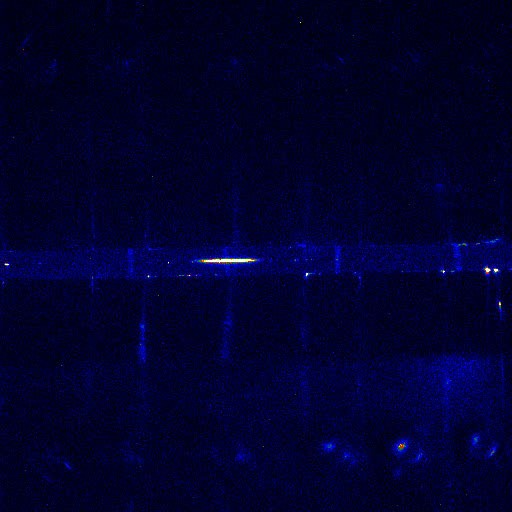Ion traps
An ion trap is essentially a device that confines charged particles in
a limited space. Any kind of charged particles can be confined, but it
is often called an ion trap because it traps ions. In addition to the research
of atomic ion spectroscopy, which is the purpose of our laboratory, applications
includes mass storage analyzers and electronic storage rings of synchrotron
radiation facility.
How to trap ions
For charged particles, we can use electric and magnetic fields. Unfortunately,
we can not trap with electrostatic field alone (Earnshaw's theorem). The
reason is that according to the Gauss' theorem, in a space without electric
charges, the electric flux entering a certain closed space must go out,
so that all the electric flux must not be directed inward. To overcome,
two methods are often used:
・Using alternative electric field (rf trap or Paul trap)
・Using static electric field and static magnetic field (Penning trap)
We employ rf traps, because magnetic field sometimes causes troubles.
Applications of ion traps
Applications are mass spectroscopy, electron storage rings, gate quantum computers, and atomic clocks.
What we will do in our laboratory
We are going to do precise spectroscopy of laser-cooled barium ions. We are trying to observe spectral line of spontaneously emitted light from excited ions with high resolution.
The spectral line of spontaneous emission around visible light is broadened due to Doppler effect due to thermal motion of atoms at room temperature. When atoms are in extremely low temperature by laser cooling, the broadening of the spectral line due to the Doppler effect decreases, and the spectral line width is determined by so-called natural linewidth. This natural linewidth is determined by lifetime of the upper level of transition, so it is unavoidable.
When considering the application to the quantum computers, the biggest difficulty is "decoherence". In other words, "how long we can keep the quantum state" is the problem. The cooling ions in the ion trap can keep the quantum state for a relatively long time, so it is a powerful candidate for the realization of the quantum computers.
Natural width is the unavoidable source of decoherence (i.e., the last enemy). So, in order to realize a quantum computer, we are going to try precise spectroscopy of spontaneous emission to investigate "the last enemy".
Our rf ion trap
Since the number of ions in the rf trap is small (several), the spontaneous emission light is also weak. Moreover, spontaneous emission light is emitted in all directions. The spontaneous emission light should be collected as much as possible, so we made an rf trap different from conventional ones. Normally, rf traps have electrodes around the trapped ions, which are observed from the gap of the electrodes. In our laboratory we made a skeleton-like ion trap with a thin electrodes.
The thin wire in the middle is the electrode. Since the spontaneous emission light from the ion is hardly blocked by the electrodes, detection efficiency can be improved. Barium ions can be trapped in this trap and laser-cooled. The white part at the center of the next photo is the laser-cooled barium ion. We are going to improve it further soon.
